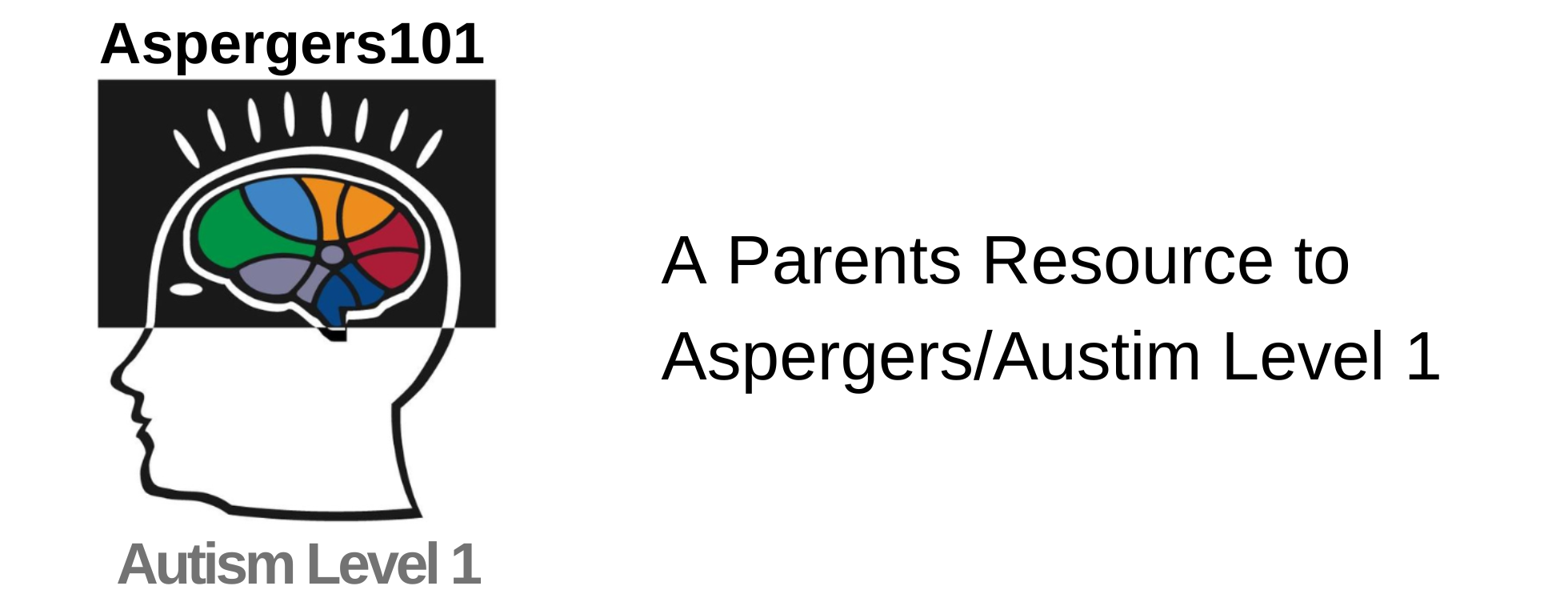During the summer of 2017 Aspergers101 hosted a free informational series on Aspergers at the San Antonio Public Library. We have recorded each of these valuable sessions in video and powerpoint format so that you can have access to them at any time. Below, watch the second workshop from our Informational Summer Series on Aspergers focusing on social development.
First, Jennifer and Sam Allen discuss important strategies for parents, professionals, and peers to utilize when socializing with those with Aspergers. Next, Louise O’Donnell, Ph.D. Neuropsychologist and Assistant Professor at UT Health Departments of Psychiatry and Pediatrics talks about the neurological aspects of social development for those with Aspergers and Autism.
The following are excerpts from Jennifer and Sam Allen’s powerpoint presentation on social development.
Remember when communicating with someone diagnosed with ASD:
- They know what they want and don’t want.
- They know what they want to get across.
- They know what they feel.
- What they may find challenging is finding a way to let us know what those thoughts and feelings are.
Strategies for Improving Social Integration
1. Opportunities to interact with neuro-typical children
The first strategy is to ensure the child has opportunities to observe and interact with mainstreamed children at their school. This is to ensure that their peers not only demonstrate appropriate social/emotional behavior but also are sufficiently skilled socially to know how to modify their social behavior in order to accommodate and support the child with Asperger’s Syndrome. Some children with Asperger’s Syndrome attend schools for emotionally disturbed children; such circumstances may not provide an appropriate peer group.
2. Knowledge of the nature of Asperger’s Syndrome
Children with Asperger’s Syndrome have no distinct physical characteristics to indicate their disorder and their intellectual and physical abilities are perceived as within the normal range. This can often result in making it difficult for other people to conceptualize the genuine difficulties the child has with the social/emotional aspects of life. Their errors in the skills necessary for social integration can be misinterpreted as having deliberate malevolent intent.
3. Imitation
Some individuals with Asperger’s Syndrome can be quite ingenious in using imitation and modeling to camouflage their difficulties with social integration. A child can be encouraged in how to act in social situations through conventional speech and drama lessons. Children can also observe someone who is competent in social integration skills in natural settings by watching video examples, and taking note of what they do and say.
4. Social Skills Groups
This strategy provides group encouragement on why certain skills are important. Those with ASD can practice applying those skills using modeling, role play, video recordings, and constructive feedback. Look for social skills groups in public school and through area autism organizations. Dema Stout hosts an adult social group in San Antonio, TX. You can read more about that here.
Further Resources
Apps, ibooks, and videos on non-verbal communications (these are all at a cost but seem to rate well):
Free online resources:
How to Make you own Emotion Cards;
Set of Blank Emotion CBT Worksheets;
101 Ways to Teach Children Social Skills;
Free Social Skills Worksheets for Educators
Watch all of the recordings from the Aspergers Summer Series here
Download the full powerpoints from this workshop here
A graduate of Abilene Christian University, Jennifer had a long career in TV Broadcasting. Upon learning her oldest son Sam had a form of Autism called Asperger’s Syndrome, she left her career and became a full-time mother to both of her sons. Jennifer elicited the participation of her family and together they produced several independent programs including a children’s animated series titled Ameriquest Kids, as well as a documentary and book titled, Coping to Excelling: Solutions for School-age Children Diagnosed with High-Functioning Autism or Aspergers Syndrome. She formed the nonprofit Asperger101 to provide on-going free resources related to ASD at Aspergers101.com and has implemented the Texas Driving with Disability Program and continues to grow the statewide initiative today. She and her husband have recently retired to their property in the Texas Hill Country.


